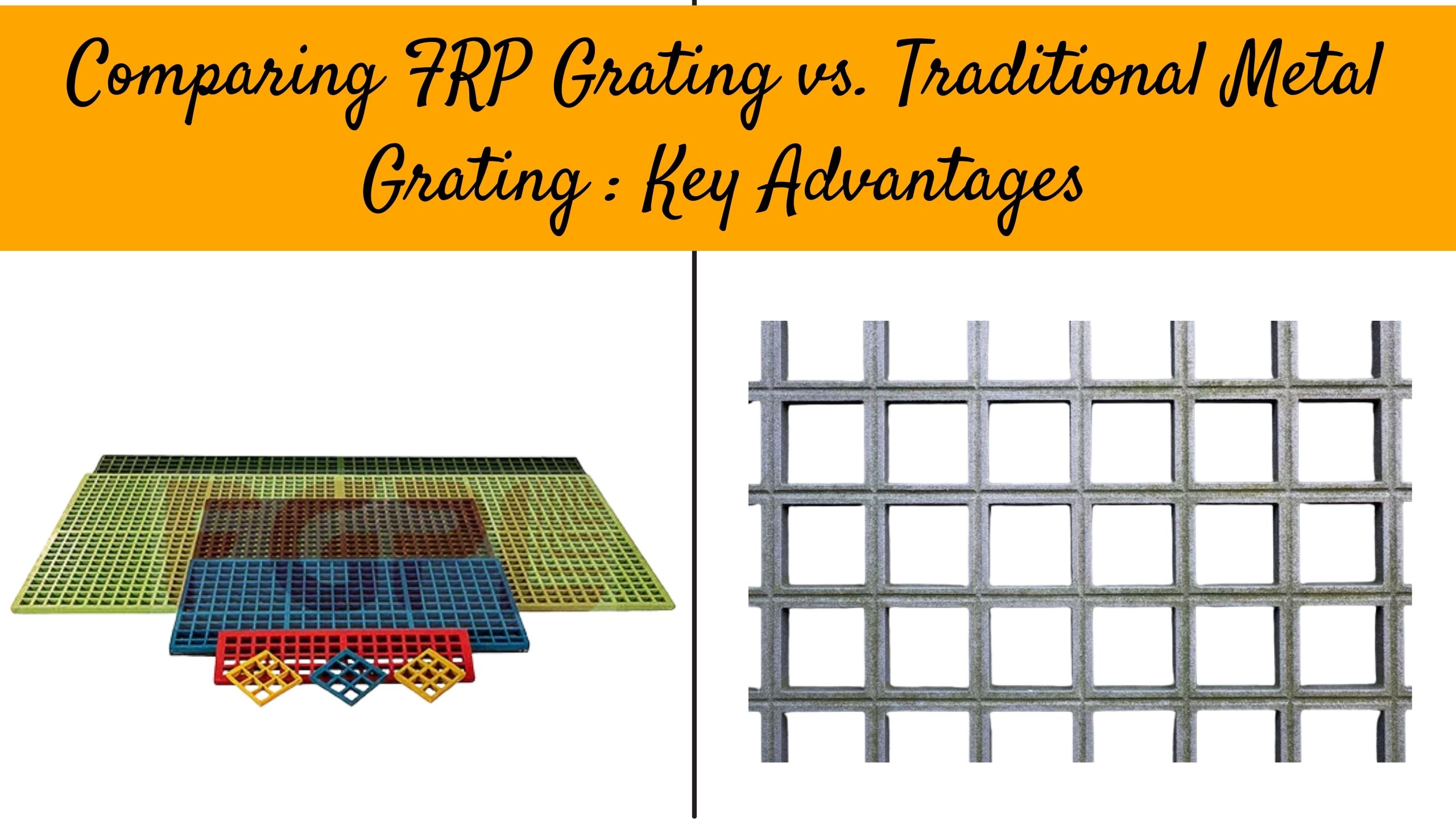What are Fibre Reinforced Polymers?
Are you ready for a revolution in the world of materials? Fiber-Reinforced Polymers (FRPs) are poised to take the world by storm with their incredible strength, durability, and versatility. In this Blog, we’ll explore the latest innovations and developments in FRPs, and take a look at how they’re set to transform industries ranging from aerospace to construction.
Before we talk about the future of FRPs, let’s first explain what they are. FRPs are composite materials constructed from a polymer matrix and reinforcing fibres. The fibres can be created from various materials like glass, carbon, and aramid. The combination of these ingredients creates a lightweight material with a high strength-to-weight ratio.
1. Smart FRP Products:- As a result of their capacity to sense and react to their surroundings, materials have gained popularity in recent years. In a similar vein, researchers have developed intelligent FRP products that can identify changes in their environment and update their qualities accordingly. For eg., sensors fitted in FRP structures can detect variations in temperature, humidity, and pressure, and additionally change the material’s properties for best performance.
2. Self-Healing Materials:- Self-healing materials have been the subject of much recent research and have various possibilities in the Construction Sector. Researchers are being developed self-healing FRP products that can repair themselves when damaged, to prevent the need for cost repairs or replacements. Microcapsules with repair agents that can be released by heat or environmental changes may be used in the self-healing process
3. Additive Manufacturing:- Using additive manufacturing, sometimes referred to as 3D printing, complex FRP items with different shapes and sizes are produced. This technology provides the fabrication of lightweight yet robust goods that are challenging to produce using conventional techniques. It enables exact control over the material’s structure and qualities.
4. Health Monitoring:- Structural health monitoring (SHM) is a key component of maintaining FRP products, ensuring that they are secure and reliable. Researchers have developed new SHM systems that use sensors and data analysis to identify potential problems and give an early warning of possible failures. This technology can be decreased maintenance costs and increased the lifespan of FRP products.
5. Lightweight Structures:- FRP products are well-known for their lightweight yet robust properties, making them perfect for applications where weight is an important factor. Researchers are continually working on developing new lightweight FRP structures that can decrease the weight of automobiles aircraft, and other transportation systems while maintaining their strength and durability.
6. Nano-Fibre Reinforced Polymers:- Nanotechnology has become a popular area of research in recent years due to its potential uses across many sectors. Researchers are working on developing nano-fibre reinforced polymers (NFRP), which offer a better strength-to-weight ratio than traditional FRP products. There are many potential uses for these materials in the aerospace and defence sectors, where lightweight yet durable materials are crucial.
7. Bioinspired Materials:- Nature has inspiration for many innovations in engineering, and researchers are currently using biomimicry to produce new FRP products. For instance, researchers have developed FRP products to replicate the sturdy yet lightweight structure of bone. This approach could lead to the development of FRP products that are superior stronger and more durable.

Advantages of FRPs
So, why are FRPs such a big deal? For starters, they offer a number of advantages over traditional materials like steel or concrete. Here are just a few:
1. Strength:- FRPs are incredibly strong, with a high strength-to-weight ratio that makes them ideal for applications where weight is a concern.
2. Durability:- FRPs are resistant to corrosion, rot, and other forms of degradation, making them ideal for use in harsh environments.
3.Versatility:- FRPs can be molded into a variety of shapes and sizes, making them ideal for a wide range of applications.
4. Low maintenance:- FRPs require very little maintenance, which can save time and money over the long run.
Future of Fibre Reinforced Polymers-FRP Latest Innovations & Developments
So, what’s new in the world of FRPs? Here are a few of the latest innovations and developments:
1. Self-Healing FRPs:- One of the most exciting developments in FRPs is the advent of self-healing materials. These materials are capable of repairing themselves when they sustain damage, thanks to the incorporation of microcapsules filled with a healing agent. When the material is damaged, the capsules are ruptured, releasing the healing agent and repairing the damage.
2. Nanocomposites:- Nanocomposites are composite materials that incorporate nanoparticles into the polymer matrix. These nanoparticles can enhance the material’s mechanical properties, making it stronger and more durable.
3. Recycling:- As sustainability becomes an increasingly important concern, researchers are looking for ways to recycle FRPs. One promising development is the use of solvolysis, a process that breaks down the polymer matrix and separates the fibers for reuse.
 Applications of FRPs
Applications of FRPs
So, where are Fibre Reinforced Polymers being used today? Here are just a few examples:
1. Aerospace:- FRPs are ideal for use in aerospace applications, where weight is a critical factor. They’re used in everything from aircraft fuselages to rocket components.
2. Construction:- In the construction industry, FRPs are being used to reinforce concrete structures like bridges and buildings. They offer a number of advantages over traditional reinforcement materials like steel, including greater durability and resistance to corrosion.
3. Automotive:- FRPs are also making inroads in the automotive industry, where they’re being used to create lightweight, high-strength components that can improve fuel efficiency and performance.
Conclusion
As you can see, the future of Fibre Reinforced Polymers is incredibly bright. With ongoing innovations and developments, these materials are set to transform a wide range of industries and applications. Whether you’re in aerospace, construction, or automotive, it’s clear that FRP Latest innovation are the future. So, get ready to embrace the revolution!
Also Read:- Why Choose Frp Products Over Steel Products?








